Picture this: A dairy barn full of cows being milked, fed and cleaned up after, but there’s no farmer in sight. Sounds a bit unusual, right? Well, it’s not as far-fetched as you might think. Thanks to cutting-edge agricultural robotics, this kind of scene is becoming more common. At this farm, a team of autonomous robots is taking care of all the essential chores, completely changing the way dairy farming works.
These robots aren’t just doing the heavy lifting; they’re creating a stress-free, comfortable environment for the cows while keeping things efficient and sustainable.
STAY PROTECTED & INFORMED! GET SECURITY ALERTS & EXPERT TECH TIPS – SIGN UP FOR KURT’S ‘THE CYBERGUY REPORT’ NOW
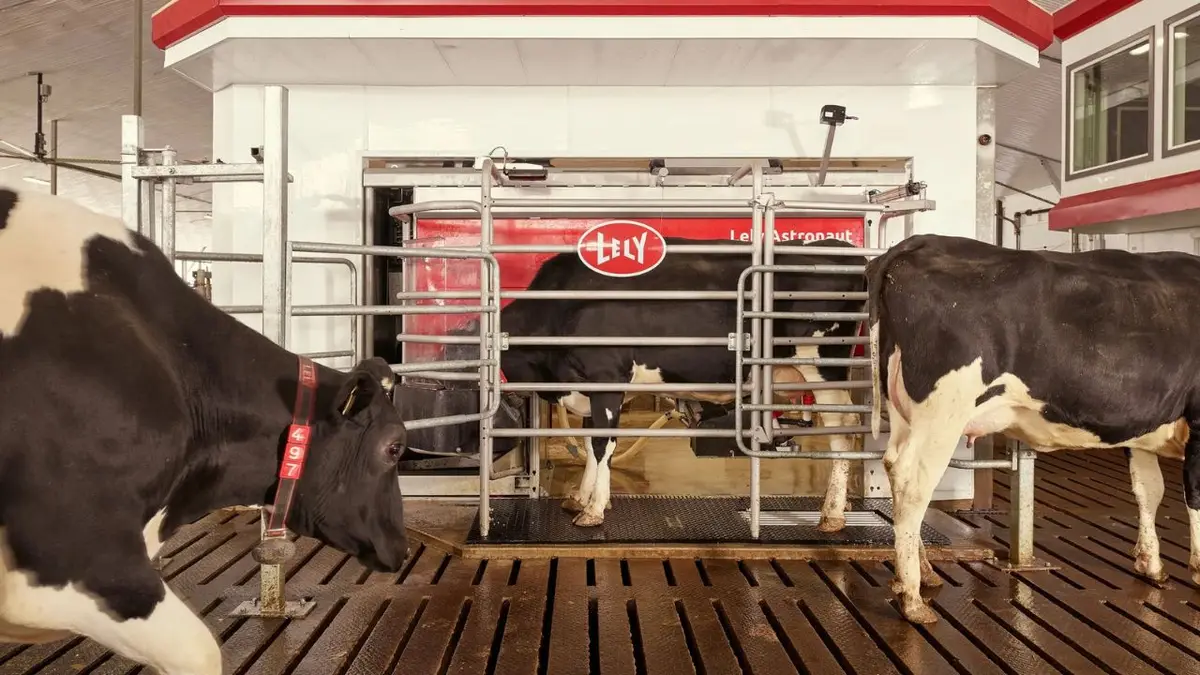
The rise of robotic dairy farms
In a dairy barn managed by robots, cows can choose to be milked whenever they like, which is often more frequent than the twice-a-day schedule in traditional farms. This increased frequency is more comfortable for the cows and can lead to roughly a 10% increase in milk production.
Lely, established in 1948 in the Netherlands, introduced its first Astronaut milking robot in the early 1990s. Since then, the company has developed various robotic systems that assist with cleaning, feeding and ensuring cow comfort. Today, Lely is focused entirely on robots for dairy farms, with approximately 135,000 units deployed worldwide.
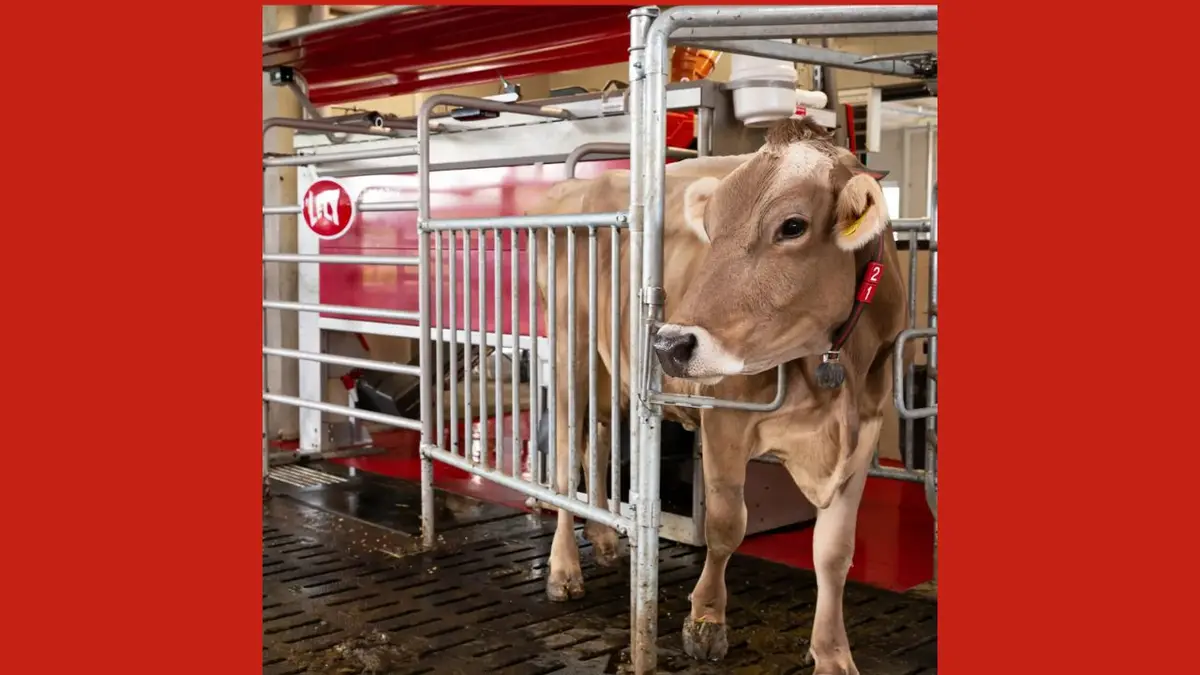
HUMANOID ROBOT STUNS WITH PERFECT SIDE FLIP ACROBATICS
From milking to manure: How robots lighten the load for dairy farmers
Traditional dairy farms rely heavily on human labor for repetitive daily tasks, which can take up about a third of a farmer's workday. These tasks include milking, feeding and manure management. Lely's robots automate these tasks, allowing dairy farmers to focus on other aspects of their business and enjoy a more flexible lifestyle. The Astronaut A5 milking robot, for example, uses a laser-guided robot arm to clean the cow's udder before attaching teat cups. It also monitors milk output and collects data on 32 parameters, including milk quality and cow health indicators.
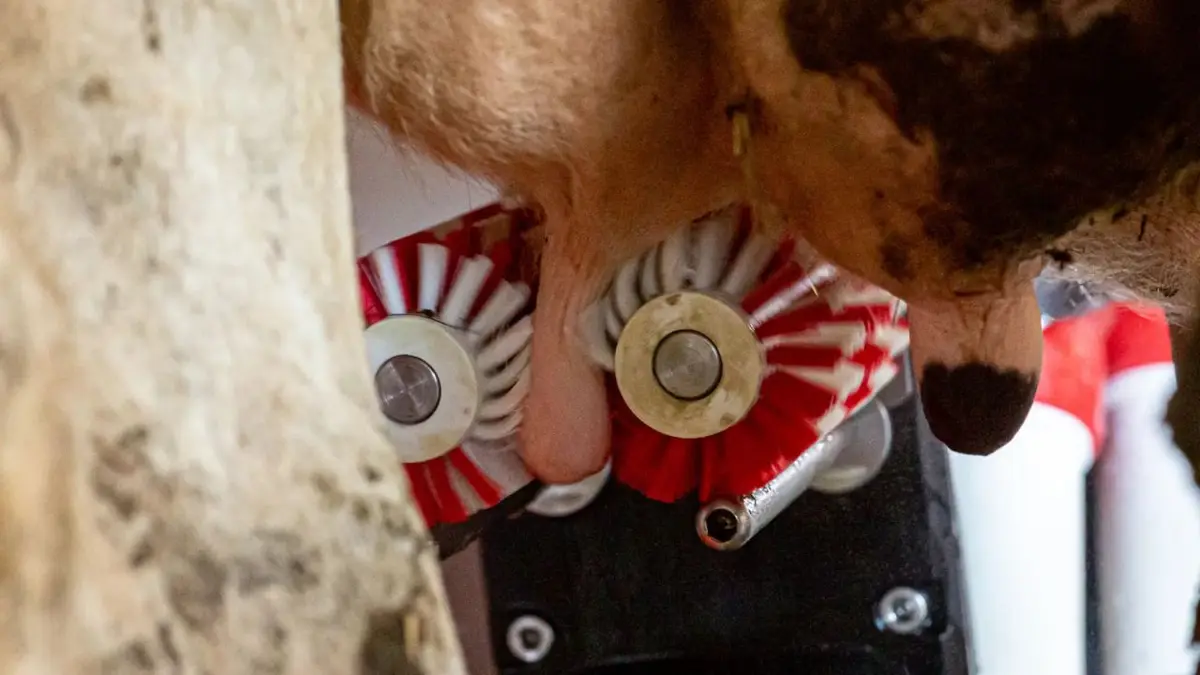
CHINA'S TRON 1 ROBOT HURDLES OVER OBSTACLES LIKE IT'S NOTHING
Dairy industry 4.0
The introduction of milking machines in the early 1900s and rural electrification in the 1950s significantly increased farm size and milk production. Lely believes that robots will enable small dairy farms to continue scaling sustainably. While dairy robots are expensive, Lely argues that they pay for themselves over time through increased milk production and lower labor costs. Other robots, such as the Vector mobile robot for continuous feeding and feed pushing, and the Discovery Collector, a robotic manure vacuum, further reduce labor needs.
AI also plays a critical role in optimizing feeding systems, reducing waste and improving sustainability, which are key factors in modern dairy farming. Wearable technology and smart sensors are also becoming increasingly important tools in herd health monitoring, offering farmers real-time insights into cow well-being and productivity.
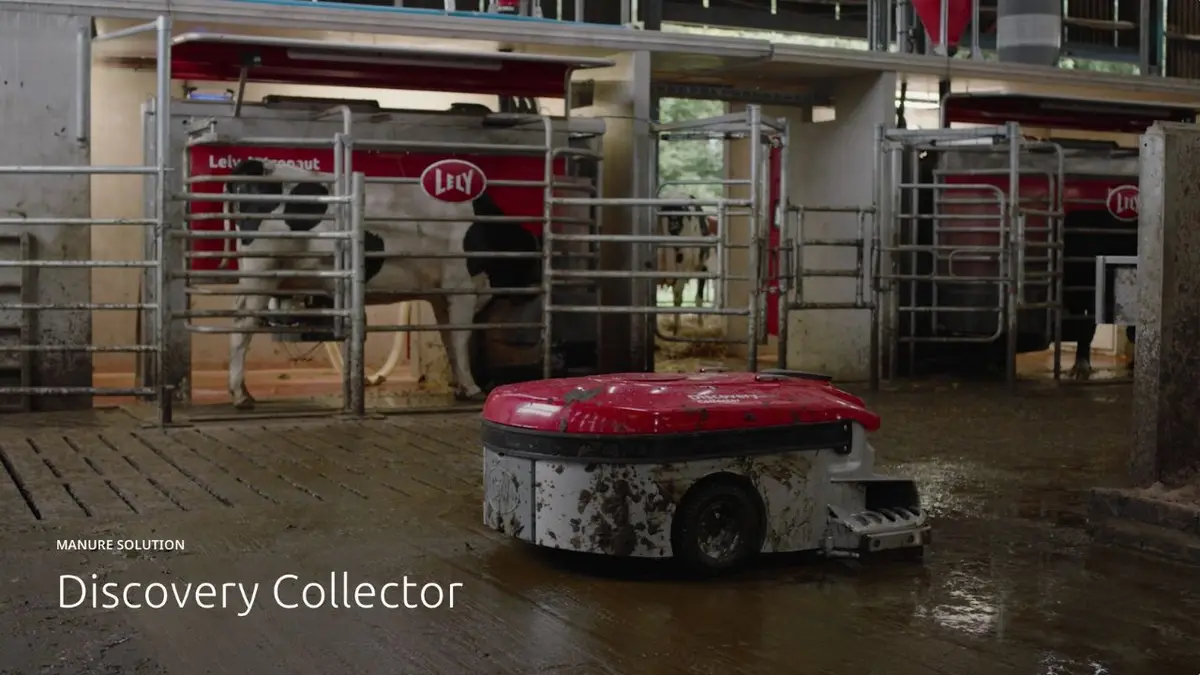
SCARY AI-POWERED SWARM ROBOTS TEAM UP TO BUILD CARS FASTER THAN EVER
Cows vs robots
Cows are curious animals and tend to interact with robots. Lely has had to cow-proof its robots to ensure they can function autonomously around cows. This includes modifying the robots' design and programming, such as adding contact-sensing bumpers and relocating emergency stop buttons. Engineers have also had to consider the social dynamics within a herd. For example, the Discovery Collector robot had to be programmed to assert its dominance within the herd to avoid being blocked by cows.
Lely recognizes the importance of designing robots that are not only functional but also trustworthy and reliable. Jan Jacobs emphasizes that the robots are not intended to be friends with the cows or the farmers but rather professional employees.
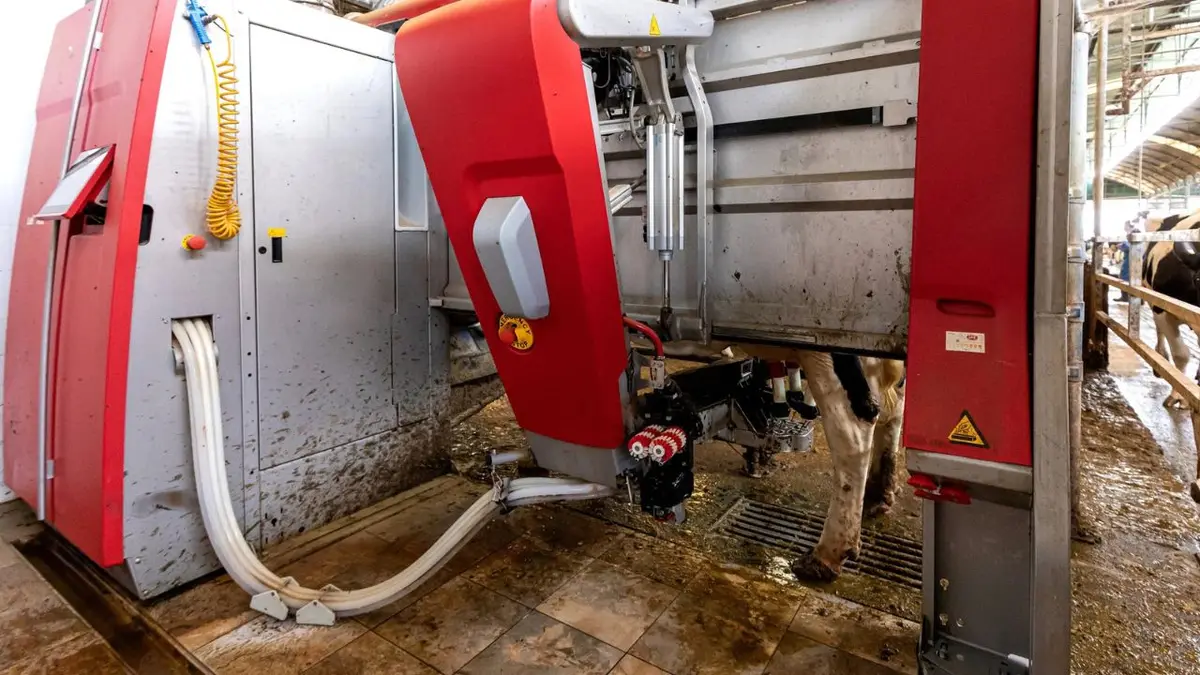
Specs
Here are some specs of the Lely Astronaut A5 milking robot:
- AI Features: Equipped with a 3D camera, laser-guided teat detection and AI-powered Lely Horizon software for herd management and data analysis
- Dimensions: 7 x 4 x 8 feet
- Weight: 2,000 pounds
- Power: 220V, 30 amps
- Air Pressure: 80 psi
- Water: Standard connection
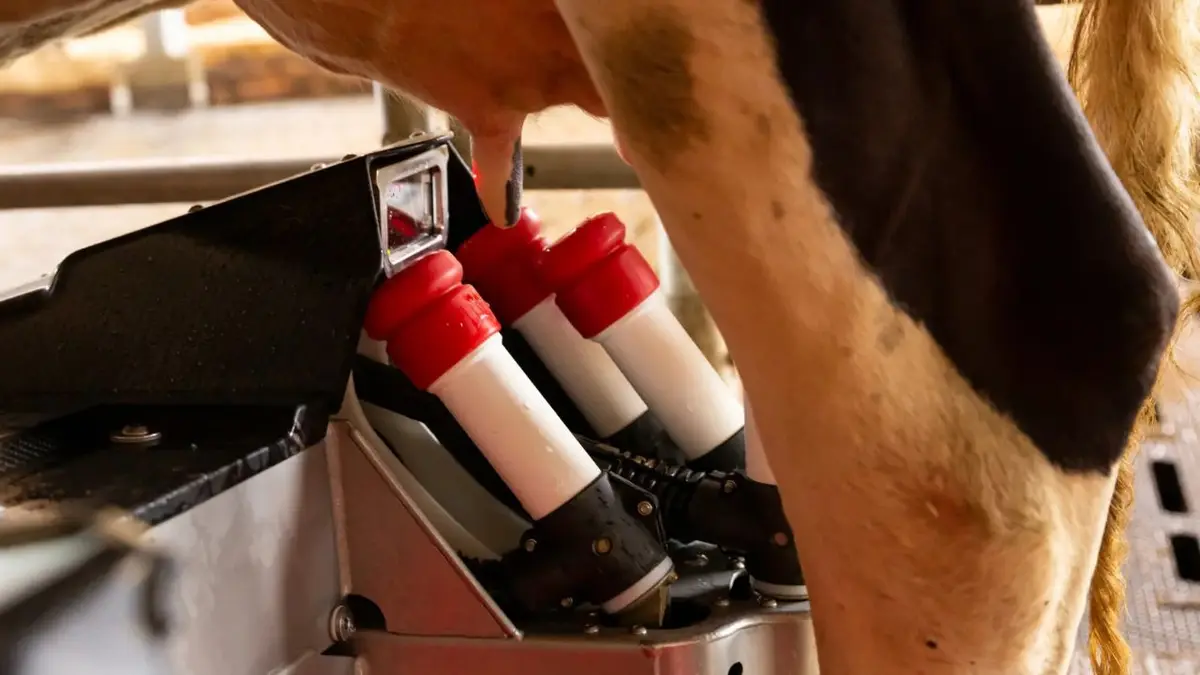
From dairy farmers to robot managers
Lely is working to integrate its robots seamlessly into the daily lives of dairy farmers, who are increasingly becoming robot managers. This requires farmers to manage the robots and learn how to interpret the data they generate. The additional time and flexibility afforded by robots have allowed some dairy farmers to diversify their operations. One Lely customer, for example, has added a restaurant and farm shop to his dairy, allowing patrons to observe the robots at work while enjoying cheese made from the cows they care for.
Lely helps farmers prepare for the shift to robotic dairy farming, both in terms of the physical environment and their mindset. This includes managing the massive amount of data generated by the robots and using it for long-term optimization.
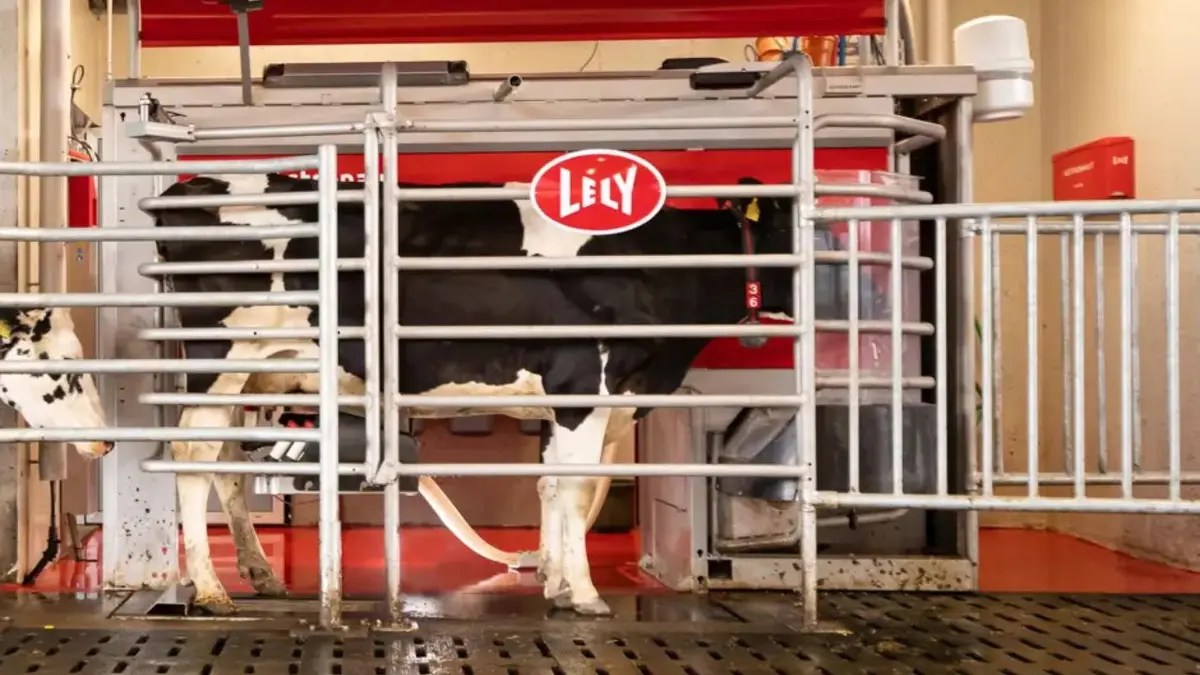
Flexibility and sustainability
Many dairy farms are adopting robots to decrease their dependence on hired help and gain greater flexibility. Farmers report that robots have allowed them to prioritize their personal lives and spend more quality time with their families. Robots also contribute to the long-term viability of smaller dairy farms by making the profession more appealing to younger generations. The reduced workload and commitment associated with robotic farming make it a more attractive career path.
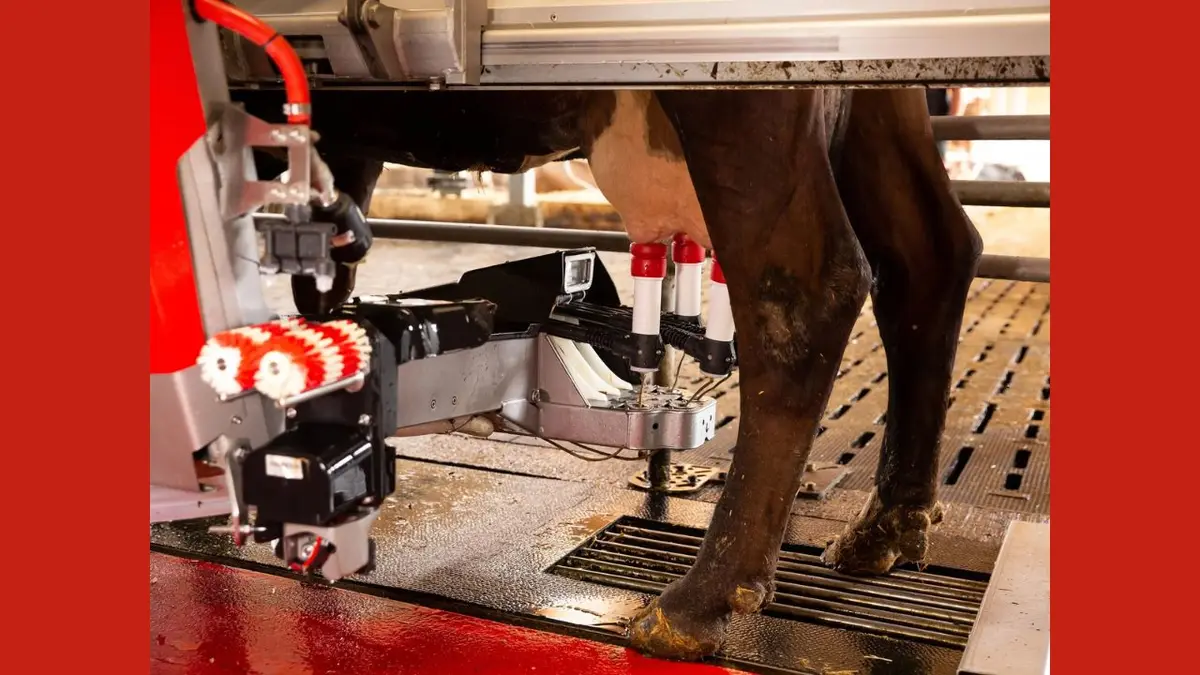
Price
The cost of a milking robot can be several hundred thousand dollars, plus an additional $5,000 to $10,000 per year in operating costs.
SUBSCRIBE TO KURT’S YOUTUBE CHANNEL FOR QUICK VIDEO TIPS ON HOW TO WORK ALL OF YOUR TECH DEVICES
Kurt's key takeaways
So, what's the future of dairy farming look like? It seems like robots are poised to play a huge role, helping farmers work smarter, not harder. It's interesting to think about how these technologies will continue to evolve and shape the industry in the years to come.
At the end of the day, dairy farming is about people and animals. While robots can handle many of the repetitive tasks, it's the farmer's knowledge and care that truly make a difference. These technologies are tools, and how farmers use them will determine the future of their farms and the well-being of their herds. It's definitely a blend of the old and the new for dairy farmers who are purchasing these robots.
Knowing what you know now, how would you feel about buying milk from a robotic dairy farm? Does it change your perception of the product? Let us know by writing us at Cyberguy.com/Contact.
For more of my tech tips and security alerts, subscribe to my free CyberGuy Report Newsletter by heading to Cyberguy.com/Newsletter.
Ask Kurt a question or let us know what stories you'd like us to cover.
Follow Kurt on his social channels:
- YouTube
Answers to the most-asked CyberGuy questions:
- What is the best way to protect your Mac, Windows, iPhone and Android devices from getting hacked?
- What is the best way to stay private, secure and anonymous while browsing the web?
- How can I get rid of robocalls with apps and data removal services?
- How do I remove my private data from the internet?
New from Kurt:
- Try CyberGuy's new games (crosswords, word searches, trivia and more!)
- CyberGuy's exclusive coupons and deals
Copyright 2025 CyberGuy.com. All rights reserved.







